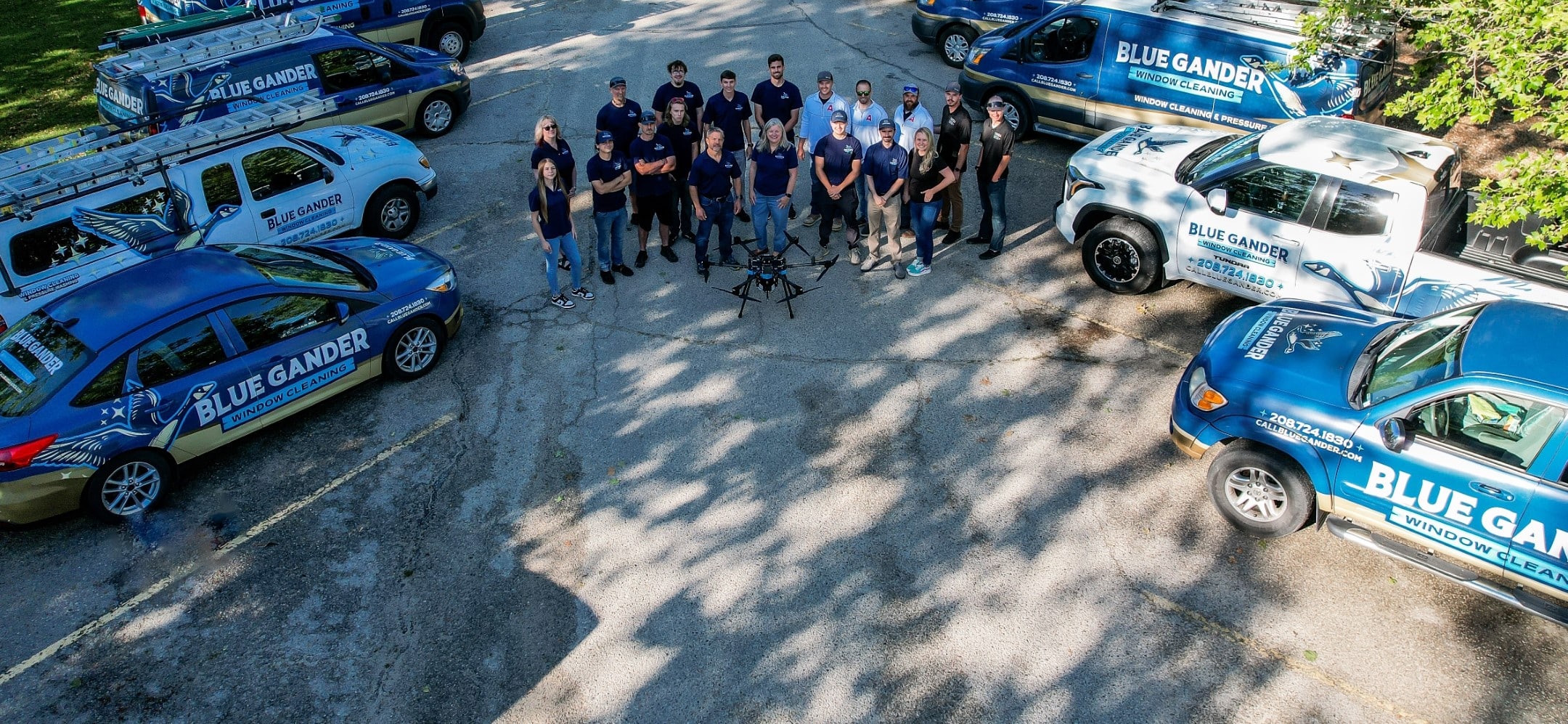
Our Affiliations
Dirty Windows?
Clogged Gutters?
Dirty Siding?
When you work with the Blue Gander Window Cleaning team, you will have the peace of mind that you are getting the best exterior cleaning services for your home or business. Our team prides itself on being experts in their field, keeping your home or business looking its very best.
- Experts in Window Cleaning
- Regular Cleaning and Maintenance
- Cost-Efficient and Effective Cleaning


what we do

Window
Cleaning
Clean windows will not only make your home look great, but they will also allow more natural light to flood in, making your space feel more vibrant and inviting. The Blue Gander Window Cleaning team has a special process to ensure that your windows will look pristine.
See More

Pressure
Washing
Some surfaces across your home need more intense cleaning than your garden hose can provide. If dirt, dust, and grime have built up across your home, our pressure washing and power washing services can help you return these surfaces to their original condition.
See More
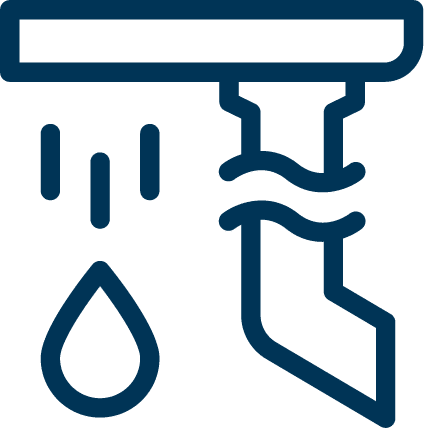
Gutter
Cleaning
Clean gutters are essential for keeping your home safe from unexpected storm damage. Our team provides regular gutter cleanings and repairs, keeping your home safe from water pooling and flooding during heavy rain and snowfall all year long.
See More

Dryer Vent
Cleaning
If you don’t remember to clean your dryer vents, you may find yourself dealing with a house fire. Our Blue Gander Window Cleaning team provides quick and efficient dryer vent cleaning to keep these vents clear of obstructions that may lead to these unexpected fires.
See More

Solar Panel
Cleaning
Solar panels are a great way to improve your home’s energy efficiency. But as dirt and grime build up, you may notice energy production dropping. Blue Gander Window Cleaning provides solar panel cleaning to help you clear the surface and increase energy production.
See More

Holiday
Lights
While Christmas lights are beautiful, hanging them can be time-consuming and unsafe without the appropriate equipment. Don’t risk unnecessary falls this holiday season, and call our team at Blue Gander Window Cleaning for holiday and permanent light installation instead.
See More
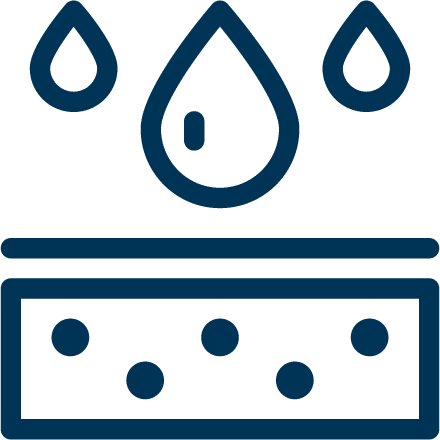
Concrete
Cleaning
While the concrete surfaces across your business are strong, they aren’t impervious to dirt and grime build-up. Concrete cleaning services from Blue Gander Window Cleaning will quickly wash away streaks, grease stains, and more, keeping these surfaces looking their best.
See More

Drone
Cleaning
Whether you are trying to clean a high rise building or hard-to-reach spots, our drone cleaning services are the perfect solution for your business. Our drone can help you achieve a cleaner business while avoiding obstacles such as awnings, signage, and other buildings.
See More

High Rise
Cleaning a high rise without proper training and adequate equipment can be dangerous. With the help of our Blue Gander Window Cleaning team, we can help you clean the highest parts of your property, ensuring it looks its best from the front door to the roof.
See More

HOA Cleaning
HOA communities are applauded for their beautiful appearance all year long. By working with Blue Gander Window Cleaning, you can keep the sidewalks, driveways, and so much more across your HOA property looking fresh, no matter what weather patterns you’re experiencing.
See More
COMMITTED TO
EXCELLENT SERVICE

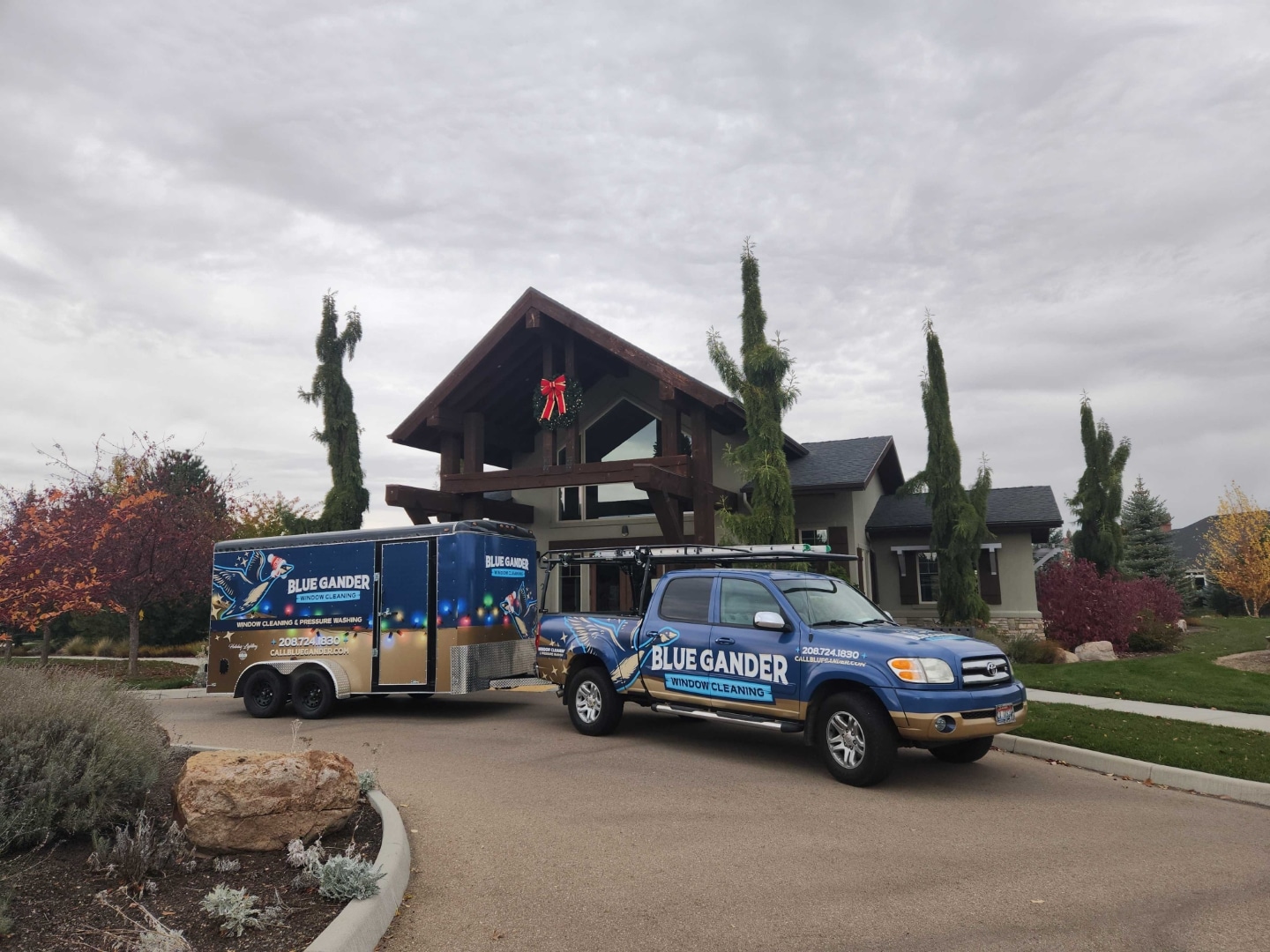
For three generations, Blue Gander has been providing Boise and the surrounding area with top-rated residential and commercial cleaning services. Our team of professionals is ready to deliver friendly, personalized, and professional care to homeowners and businesses across the Boise area.
As a locally owned and operated cleaning business, the Blue Gander team takes pride in its legacy and commitment to excellent service. Our decades of experience are evident in every project we take on and in every happy and satisfied customer.
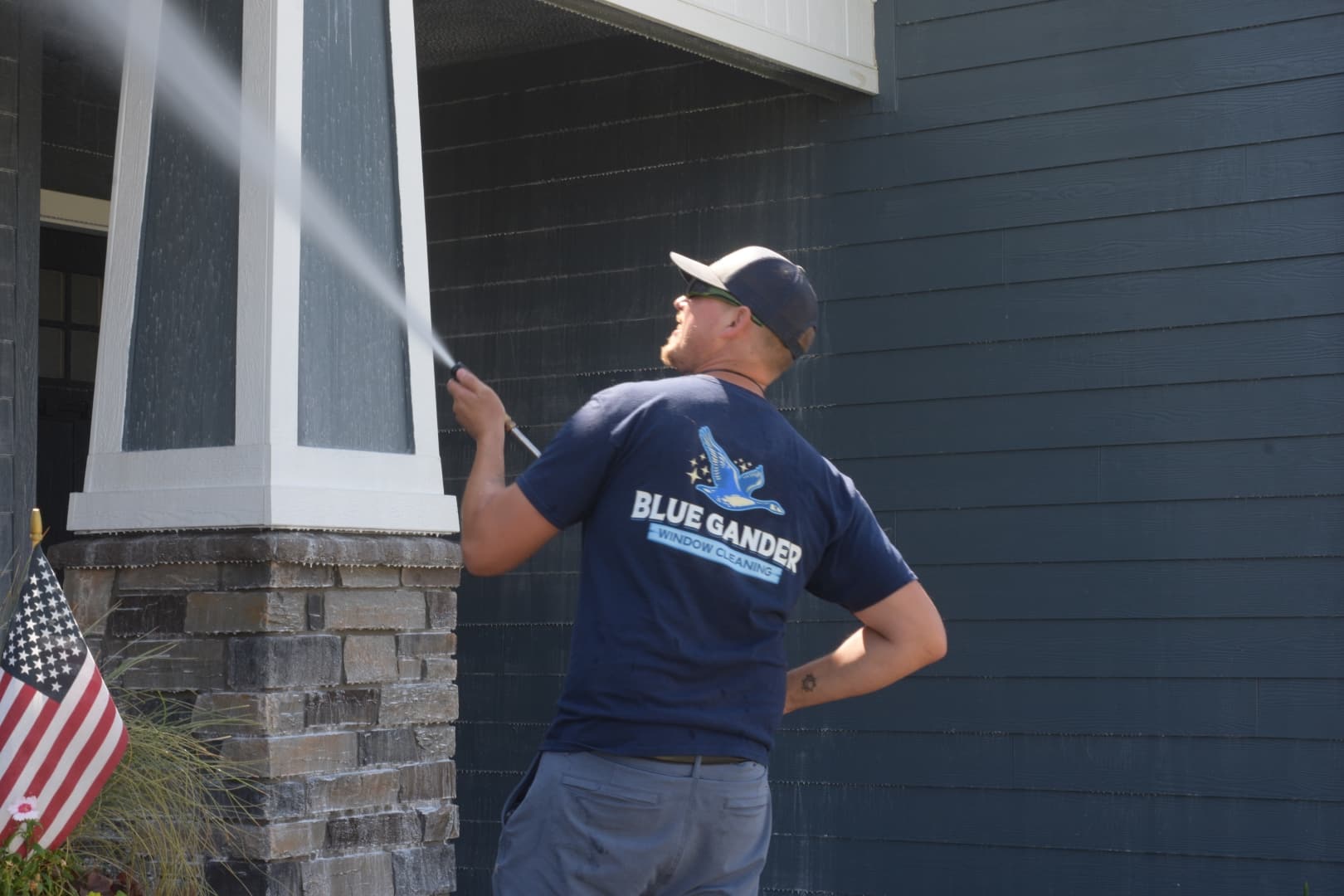




our process is easy as...
1
Free Quote
Our team is dedicated to providing transparent pricing to home and business owners across the Boise area. Reach out to our team and receive a free quote for your home or business cleaning project.
2
Get Scheduled
Work with our team to schedule your cleaning service. Whether you are hoping for an early morning appointment or afternoons work better with your schedule, our team will work hard to find a time that works best for you to come out and complete your cleaning project.
3
Relax & Enjoy
When our team comes to your home or business to start your cleaning task, you can sit back and relax. From the moment our team pulls up until your cleaning is done, we do the hard work, so you can enjoy spending time with your loved ones or focus on other work responsibilities.

why choose
blue gander

Skilled, Knowledgeable,
and Well-Equiped
Our team have been trained to provide amazing cleaning services. They are knowledgeable and skilled in handling cleaning equipment.

Decades of
excellent service
Blue Gander Window Cleaning has been in the industry for many years. With happy and loyal customers, you can trust that we only provide the best services.

outstanding
customer service
Your cleaning needs are our priority. Our team communicates openly throughout your cleaning project, so we always understand your wants and needs.
don't take our
word for it
See what your neighbors are saying
The numbers speak
for themselves
Our Service Areas
We Proudly Service The Wonderful Communities That Surround Us

Serving Greater Boise and Beyond
Our team at Blue Gander Window Cleaning has been proudly serving the Boise area and beyond for over three decades. Our team of locals is excited to help you achieve a cleaner space. From Caldwell to Kuna and everywhere in between, our team provides reliable residential and commercial cleaning services to keep the greater Boise area looking its best.
- Boise
- Eagle
- Meridian
- Nampa
- Caldwell
- Star
- Middleton
- Kuna
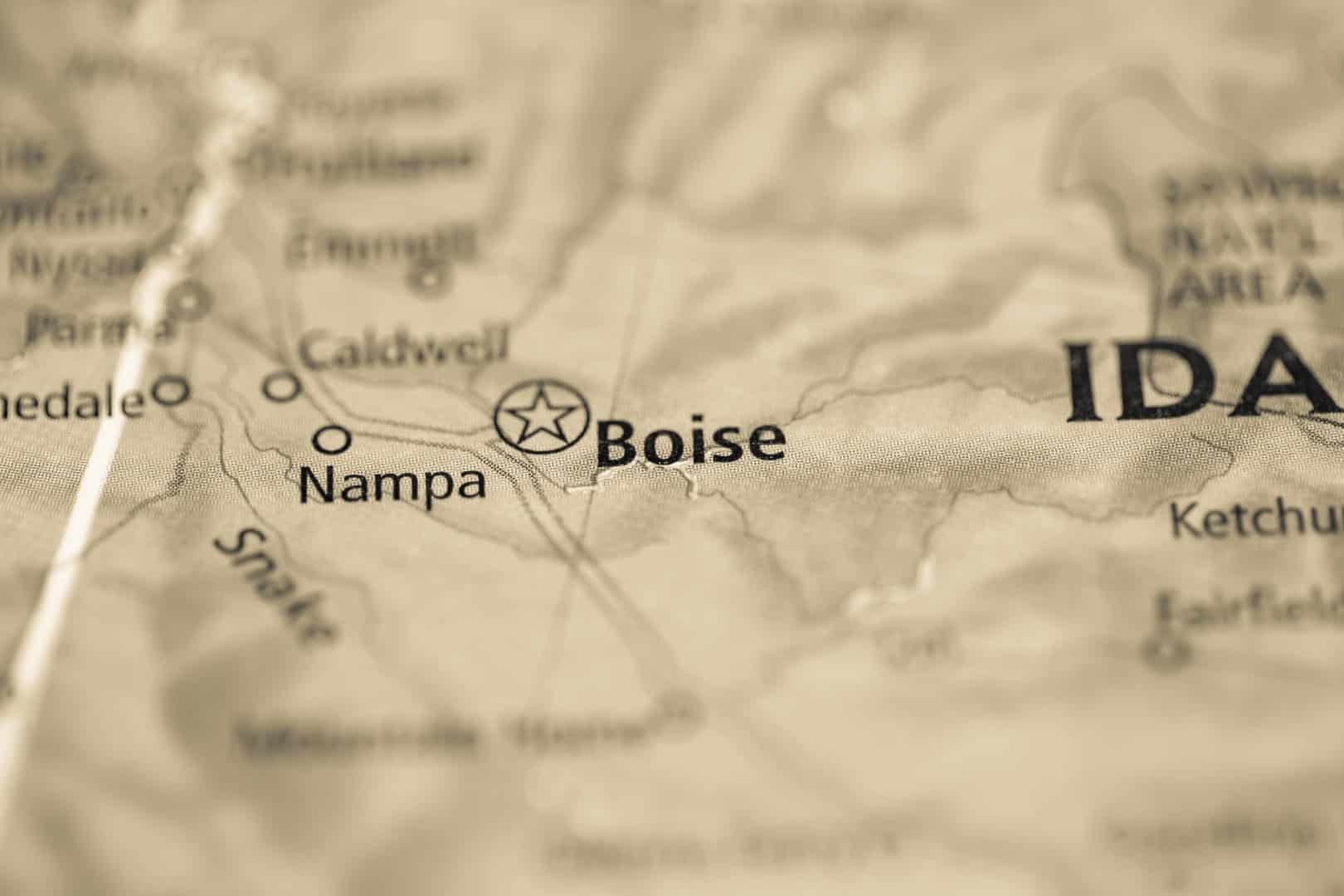
If you’re ready to schedule, reach out to us for a free quote today!
Get A Free Quote

frequently asked questions
WINDOW CLEANING
-
How often should I schedule window cleaning for my home or business?
While the frequency with which you should schedule window cleaning will vary, it is a good rule of thumb to schedule these cleanings at least twice a year. If you have pets, live in a particularly dusty area, or have allergies, you may want to schedule window cleanings more frequently to prevent dust, dirt, and allergen accumulation across your home or business.
-
Can I schedule window cleanings for my high rise building?
If the windows on your high rise need care from a team of professionals, our Blue Gander Window Cleaning team is here to help. We have the training, equipment, and experience to clean windows across your high rise without risking injury to yourself or people below the windows. When it comes to cleaning these high surfaces, it is best to rely on professionals.
-
Is professional window cleaning worth the investment?
Professional window cleaning is absolutely worth the investment. Professional cleanings can enhance curb appeal, extend window lifespan, and improve natural light intake, creating a brighter and more inviting space. If your windows are looking a little dull, calling the professionals for cleaning is well worth the investment.
-
Do your window cleaning services include interior and exterior cleaning?
Our team understands that your windows aren’t clean unless they are cleaned inside and out. When you schedule window cleaning with us, you can trust that we will remove dirt and debris from the exterior of your windows while addressing smudgy fingerprints, dog nose prints, and much more from the interior of your windows.
-
Are your cleaning products safe for pets and the environment?
We understand how important it is to use cleaning products that are safe for pets, children, and foliage. Our cleaning products are free from harsh chemicals that may be harmful to residents within your home and the plants in your yard. When you work with Blue Gander Window Cleaning, you can trust that your space is clean and safe for anyone who visits.
-
What sets your window cleaning services apart from the competition?
At Blue Gander, we are committed to providing you with the best window cleaning services in the Boise area. Our team is committed to excellence, attention to detail, and exceptional customer service. With decades of experience in the industry, you can trust that we will provide you with window cleaning that is worth the time and money you invest.
Pressure Washing
-
Will pressure washing my home’s siding cause damage?
Pressure washing your home’s siding can be damaging if it is done improperly. That is why it is so important to work with a team of trained professionals who will use the right setting and be cautious throughout the cleaning process. Soft washing your home’s siding is often the safest choice for your home, as it uses lower water pressure and detergents to loosen dirt and grime.
-
What is the difference between pressure washing and power washing?
Pressure washing uses a high-pressure stream of cold water to remove dirt, grime, and build-up from various surfaces across your home or business property. Power washing uses hot, highly pressurized water to clean the toughest stuck-on stains and stubborn debris. When you work with the professionals, they will help you determine which service is best for each surface.
-
Is it worth hiring professionals to pressure wash my home?
When it comes time to pressure wash your home, our team at Blue Gander Window Cleaning believes it is best to work with professionals. With training and experience to perform pressure washing services on a variety of surfaces, professionals can clean your home or business without causing unnecessary, costly damage to your most fragile surfaces.
-
Is it dangerous to perform pressure washing without proper training?
If this cleaning task is performed by untrained individuals, you and your home or business may be harmed. The strong force from your pressure washer can damage tissue underneath the skin and fragile materials. To avoid the dangers of pressure washing, our team at Blue Gander Window Cleaning recommends scheduling pressure washing services with a professional.
-
Can pressure washing remove mold or mildew from your home?
Pressure washing is an incredibly reliable way to remove mold and mildew growths across your home. However, if you are dealing with mold and mildew, it is best to work with professionals, like our team at Blue Gander Window Cleaning, to ensure these are removed using the appropriate cleaning solutions and personal protective equipment.
-
How soon can I expect to see results after pressure washing?
In many cases, you can expect to notice results immediately following a pressure washing appointment. However, some surfaces may require additional time to fully dry and reveal the final results. Our Blue Gander Window Cleaning team works efficiently to minimize downtime and ensure that you can enjoy the benefits of a freshly cleaned property as soon as possible.

Expect Only The
Best Services
For three generations, Blue Gander has been providing Boise and the surrounding area with top-rated residential and commercial cleaning services. Our team of professionals is ready to deliver friendly, personalized, and professional care to homeowners and businesses across the Boise area.
As a locally owned and operated cleaning business, the Blue Gander team takes pride in its legacy and commitment to excellent service. Our decades of experience are evident in every project we take on and in every happy and satisfied customer.
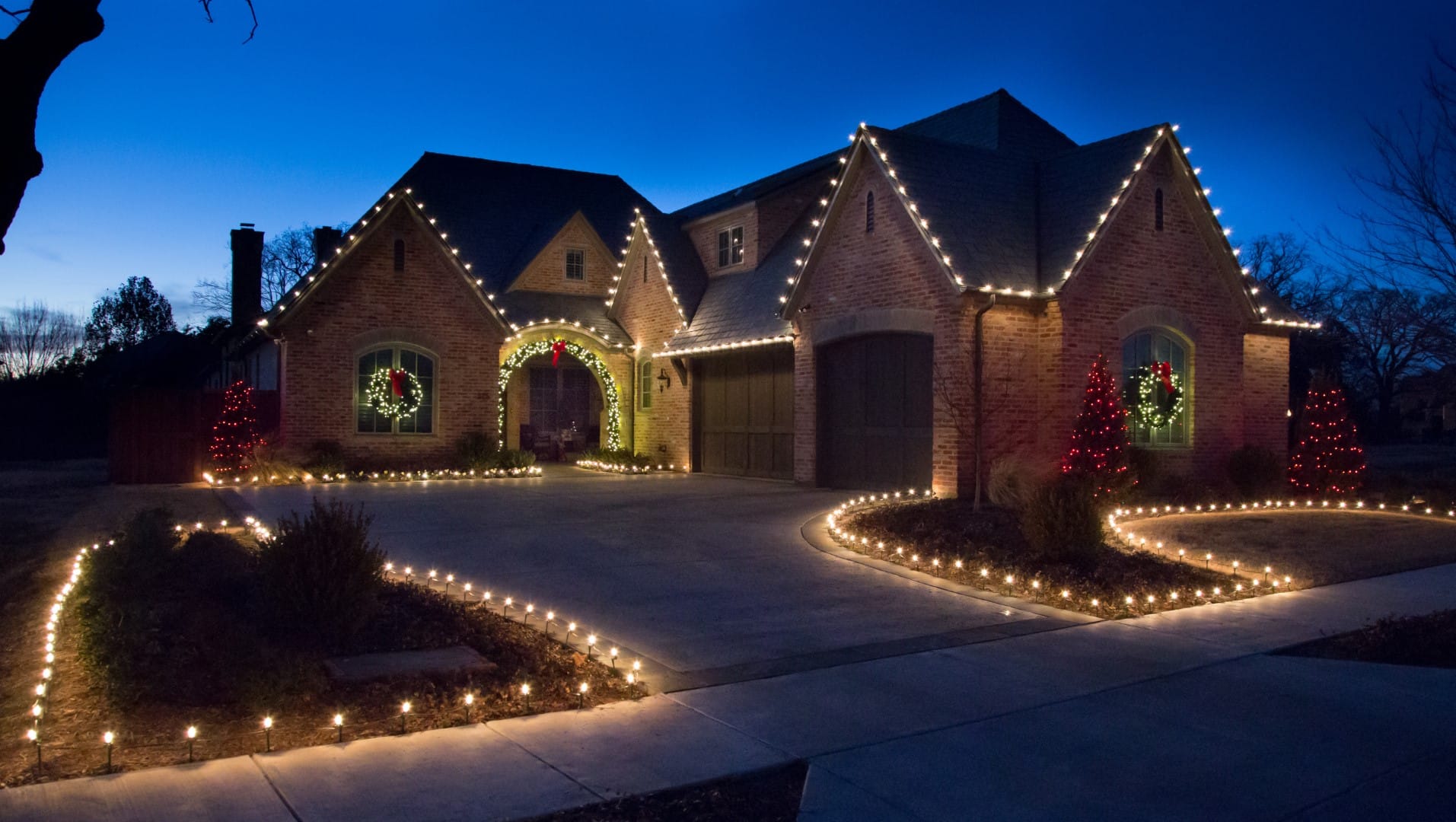
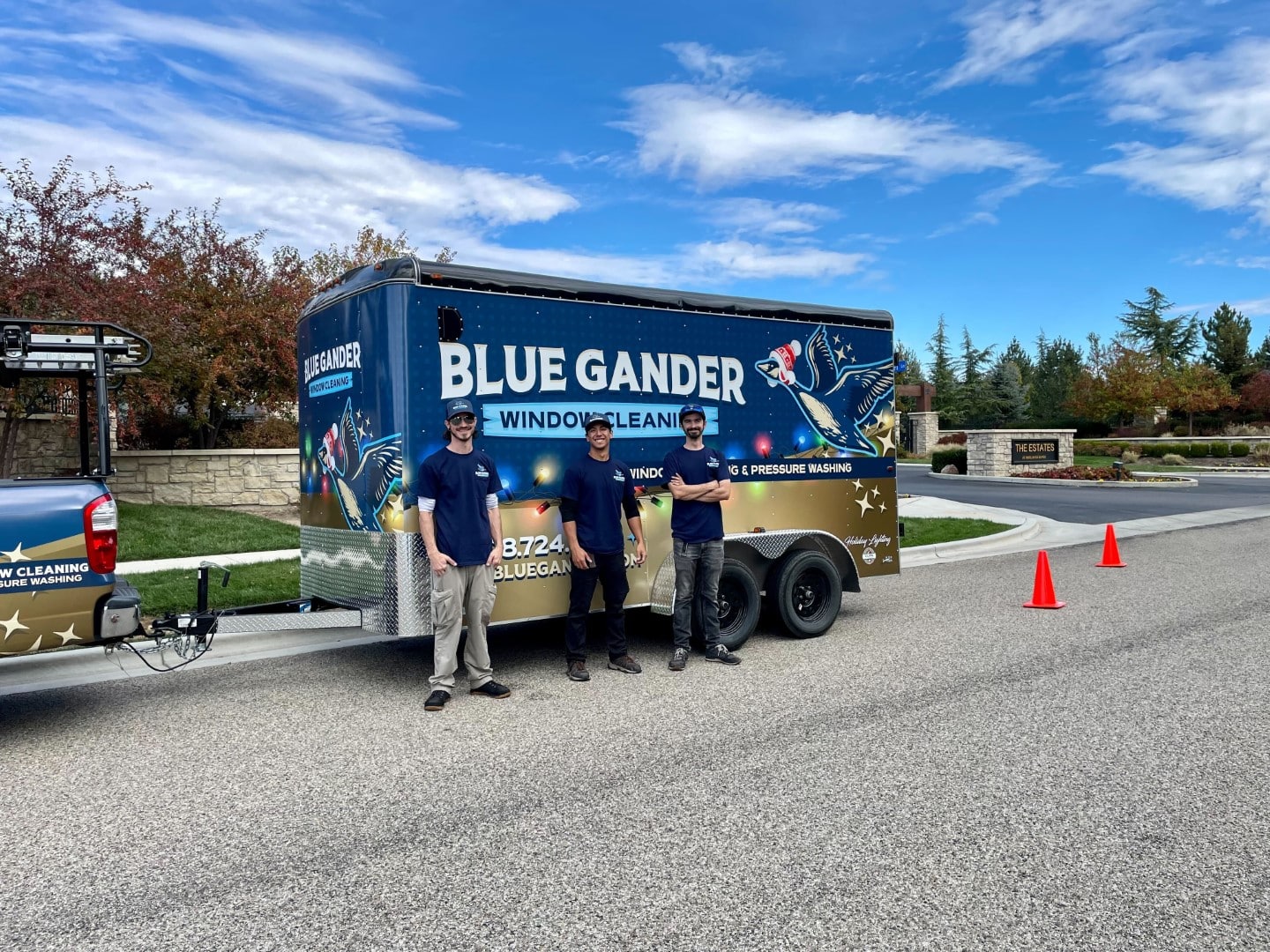
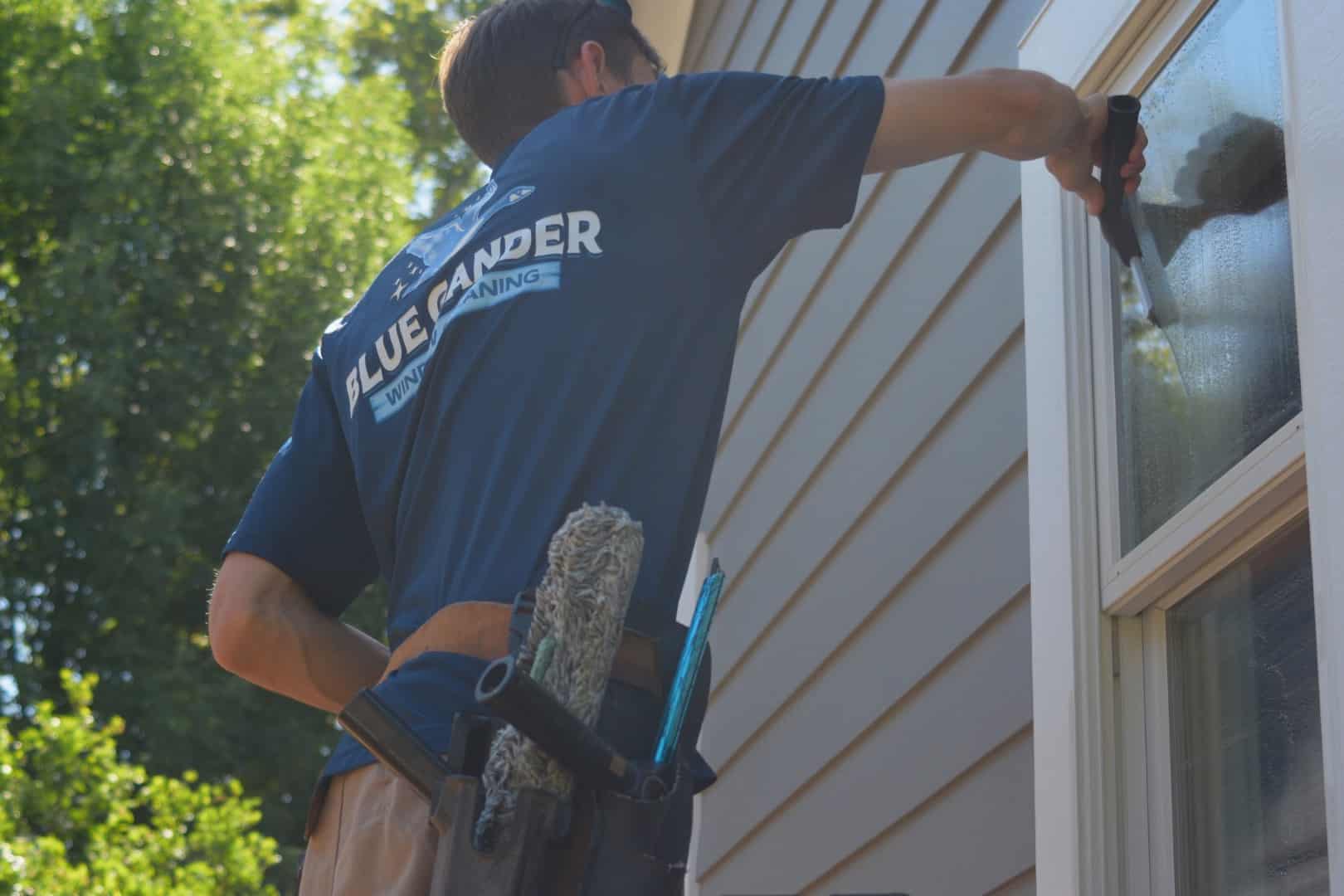
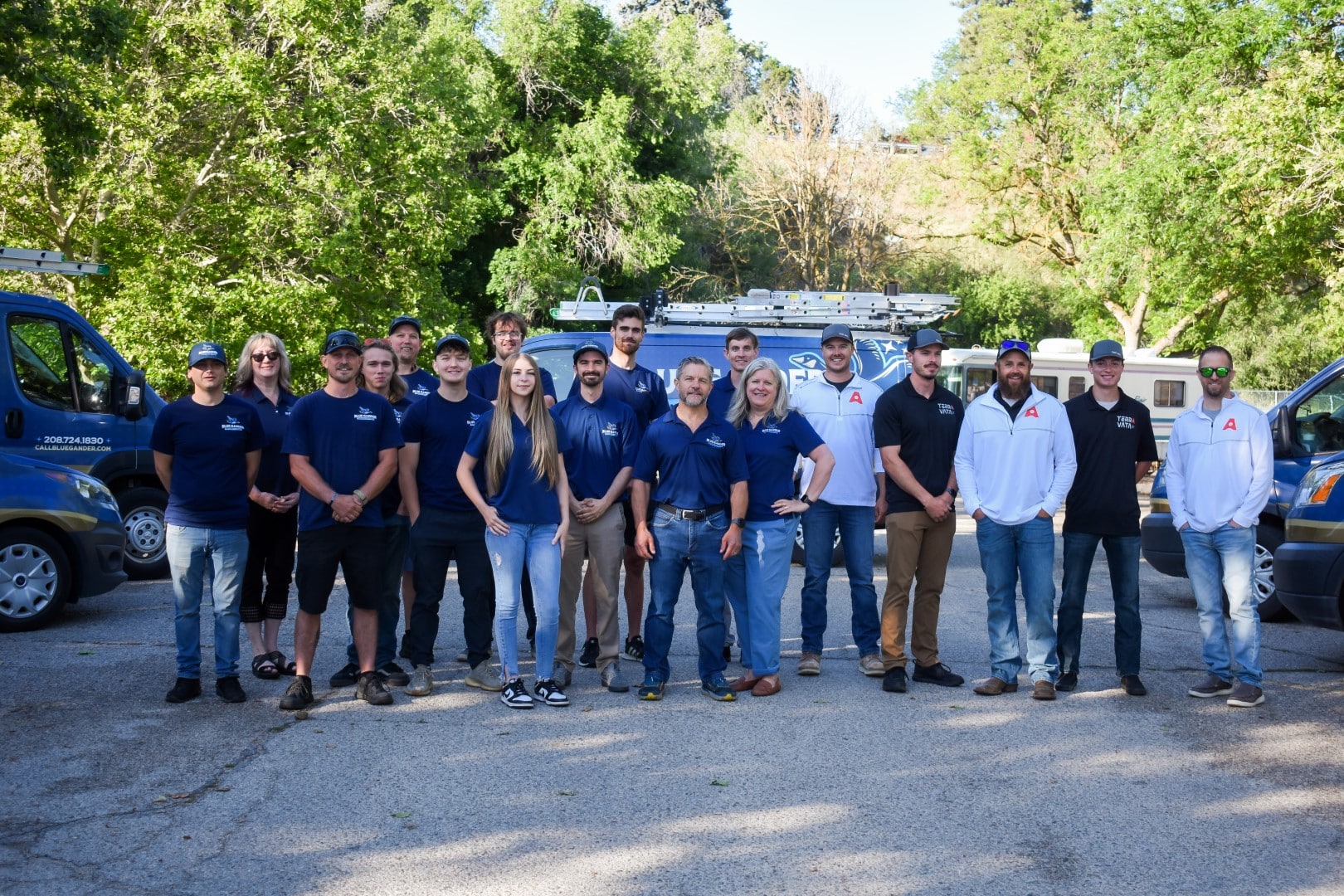

Want to Join the Blue Gander
Window Cleaning team?
Wouldn’t it be amazing to work with a company that appreciates you?
How great would it be to work for a boss that shows you respect and appreciation?
Wouldn’t you like to work with a team made up of top performers?

Giving Back
A Local Business That Cares About Its Community
As a locally owned and operated business, our team understands the importance of giving back to the community in which we work. Our Boise community deserves local businesses that care. That is why our team is dedicated to giving back to our community in a variety of ways, from The Idaho Foodbank to the Idaho Youth Ranch. Whether we are volunteering with local food banks or providing monetary donations to help our local non-profit organizations grow and thrive, our Blue Gander Window Cleaning team is dedicated to creating a better community for everyone. When you work with us, you can trust that our time and money are spent improving the Boise community.
















